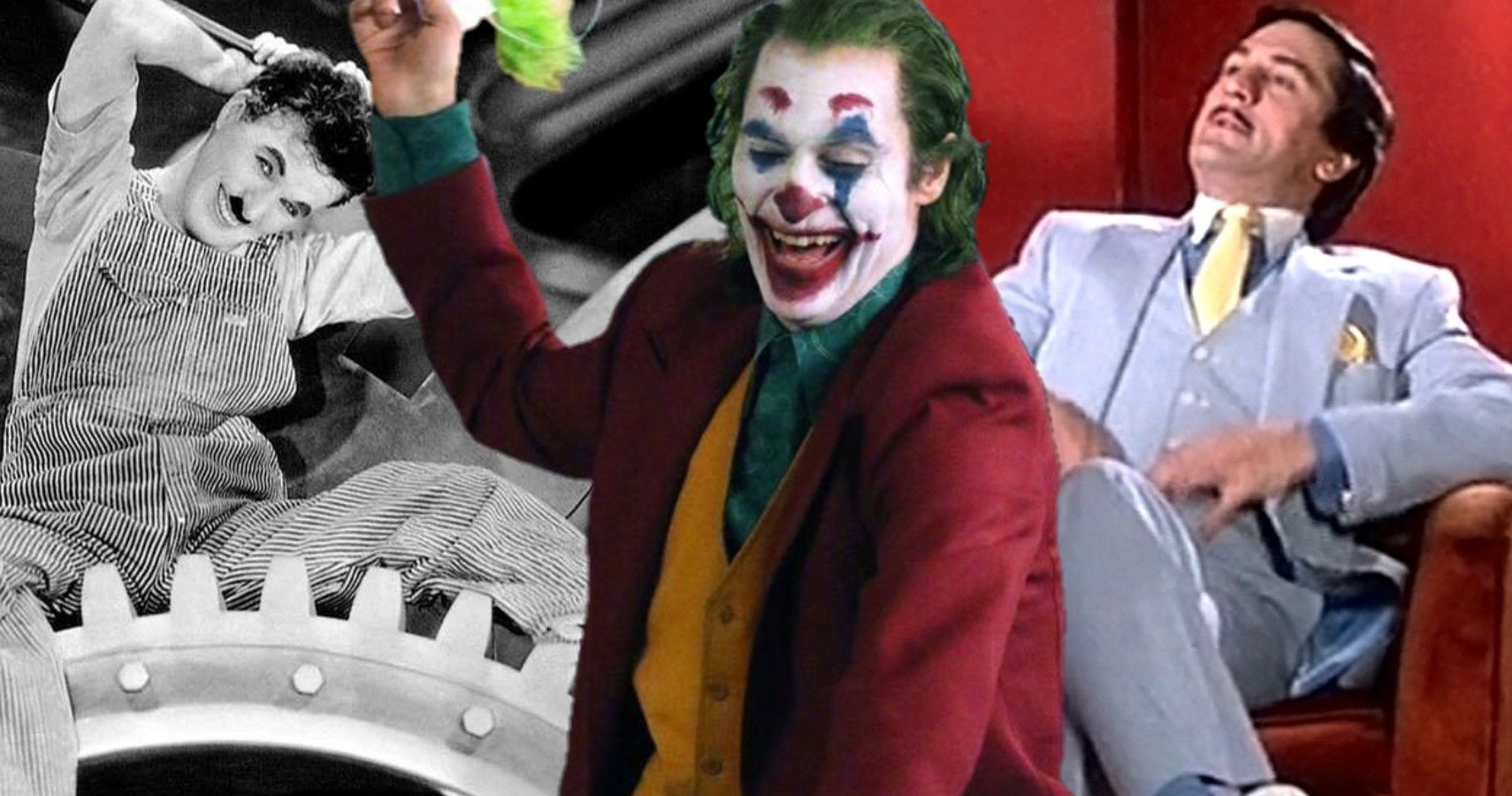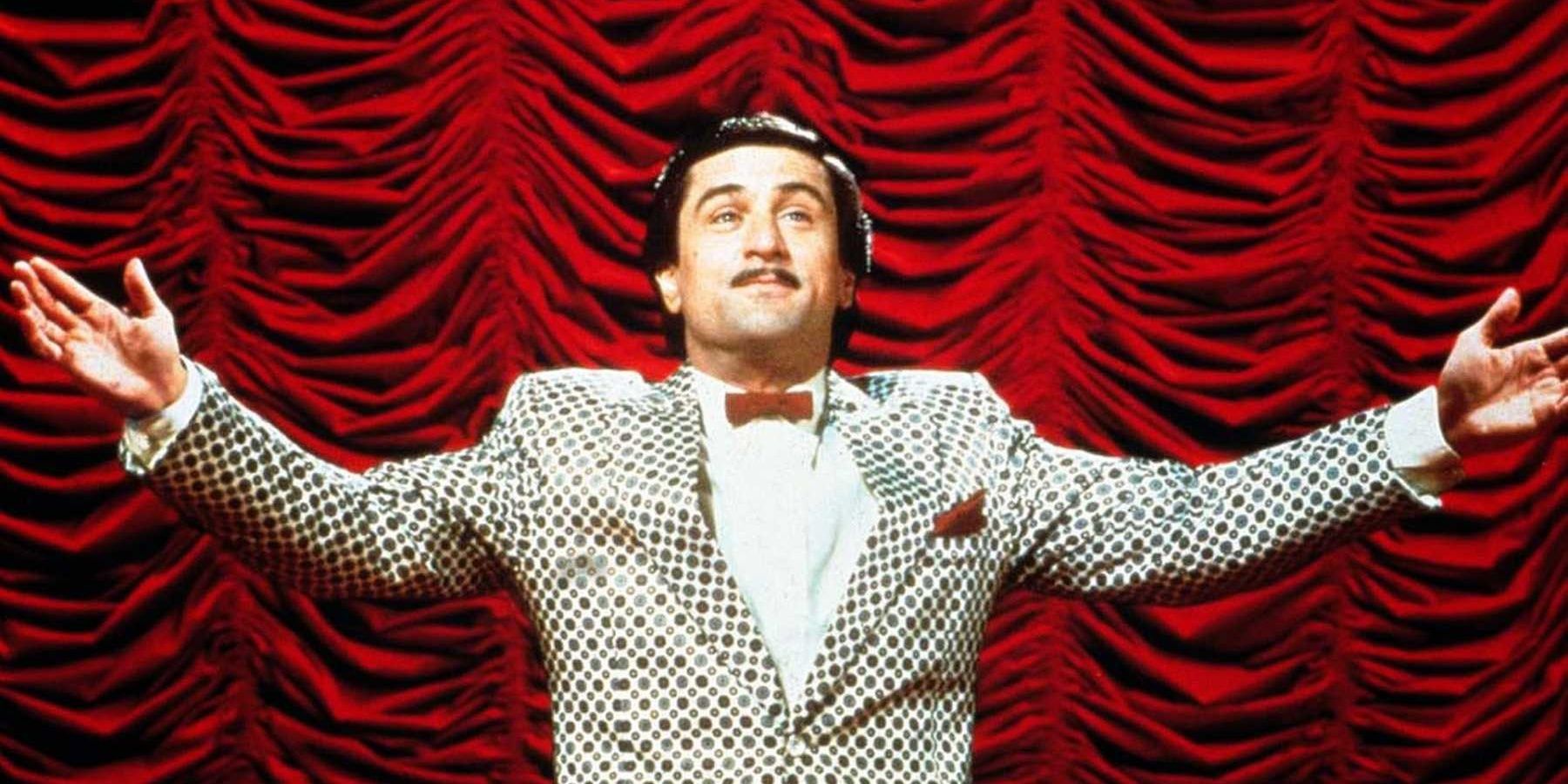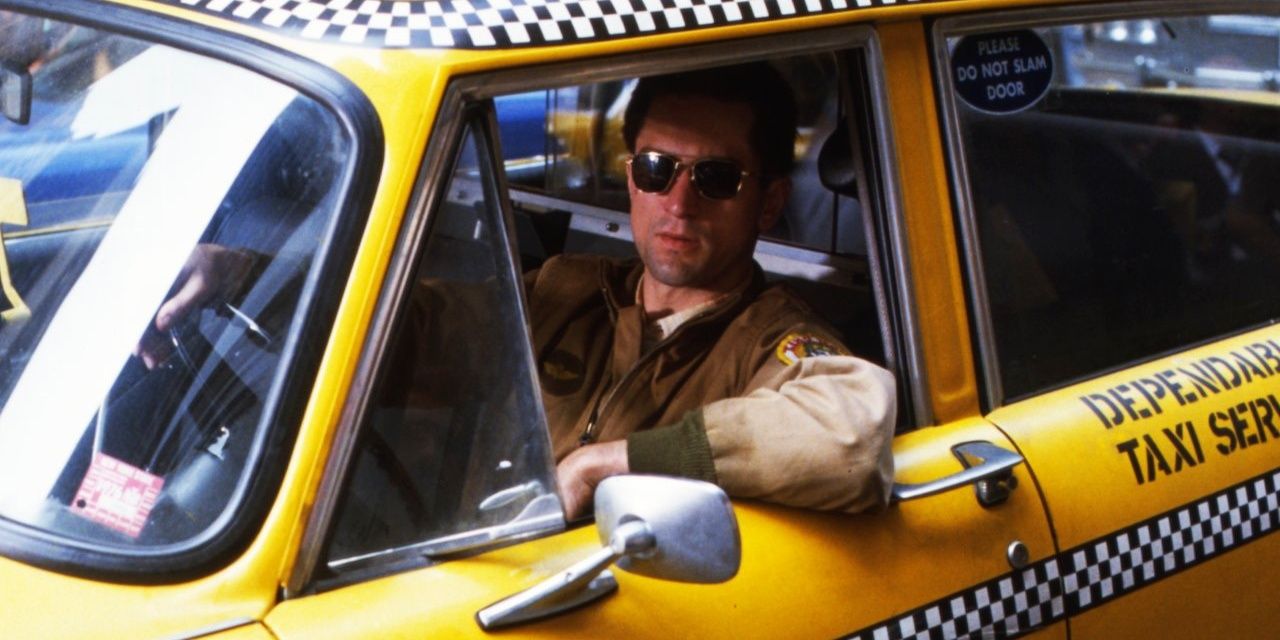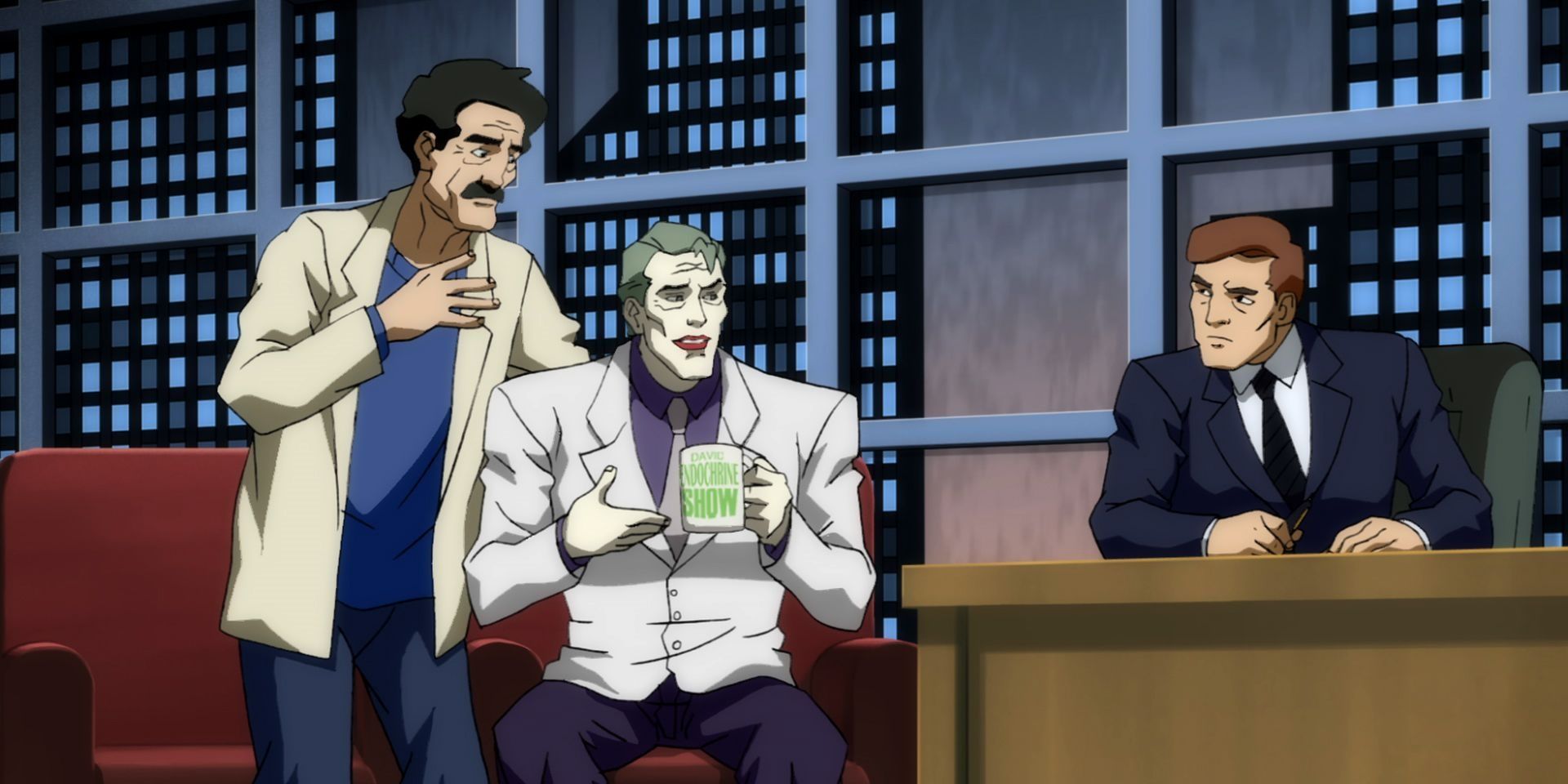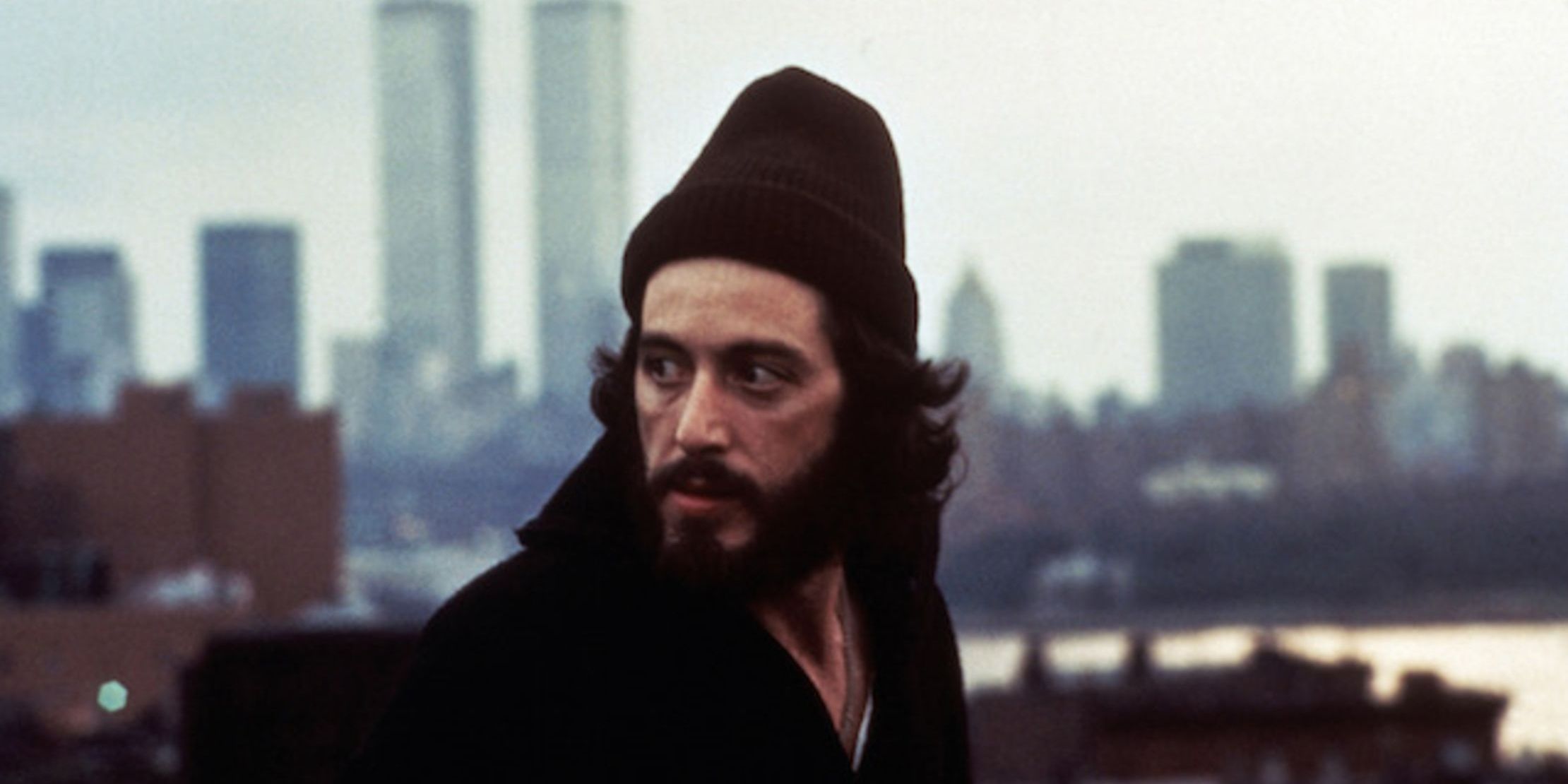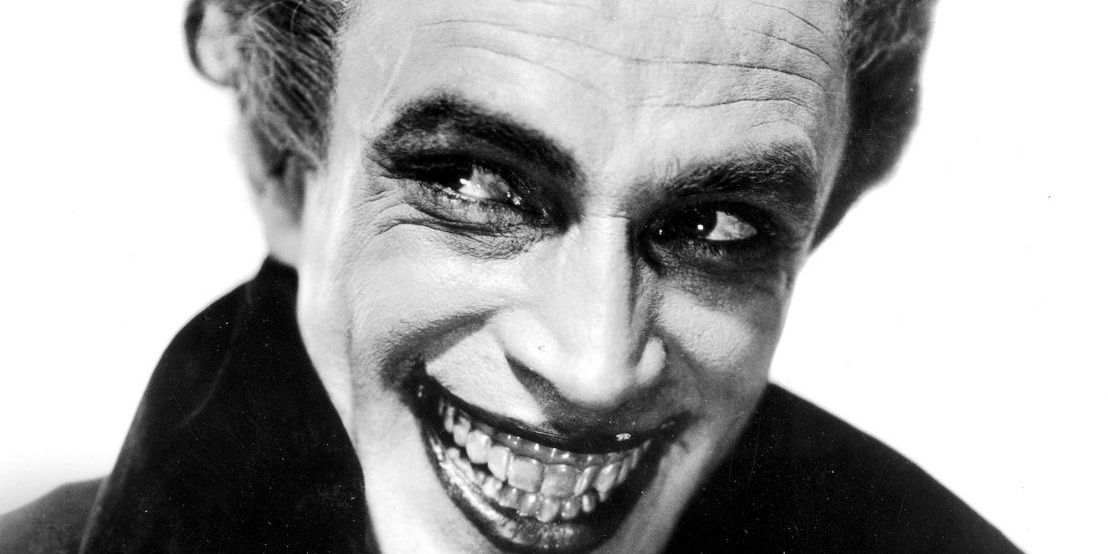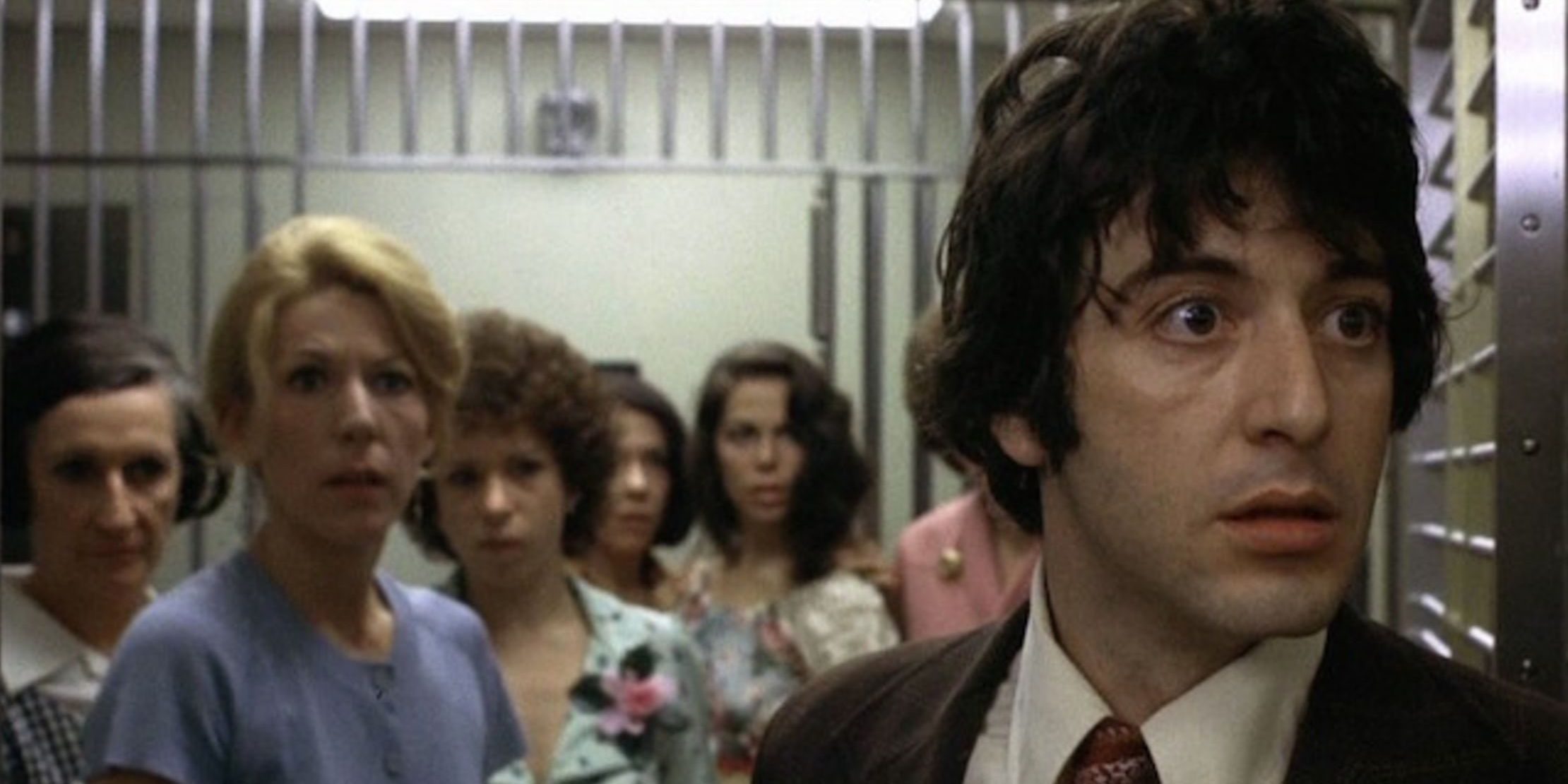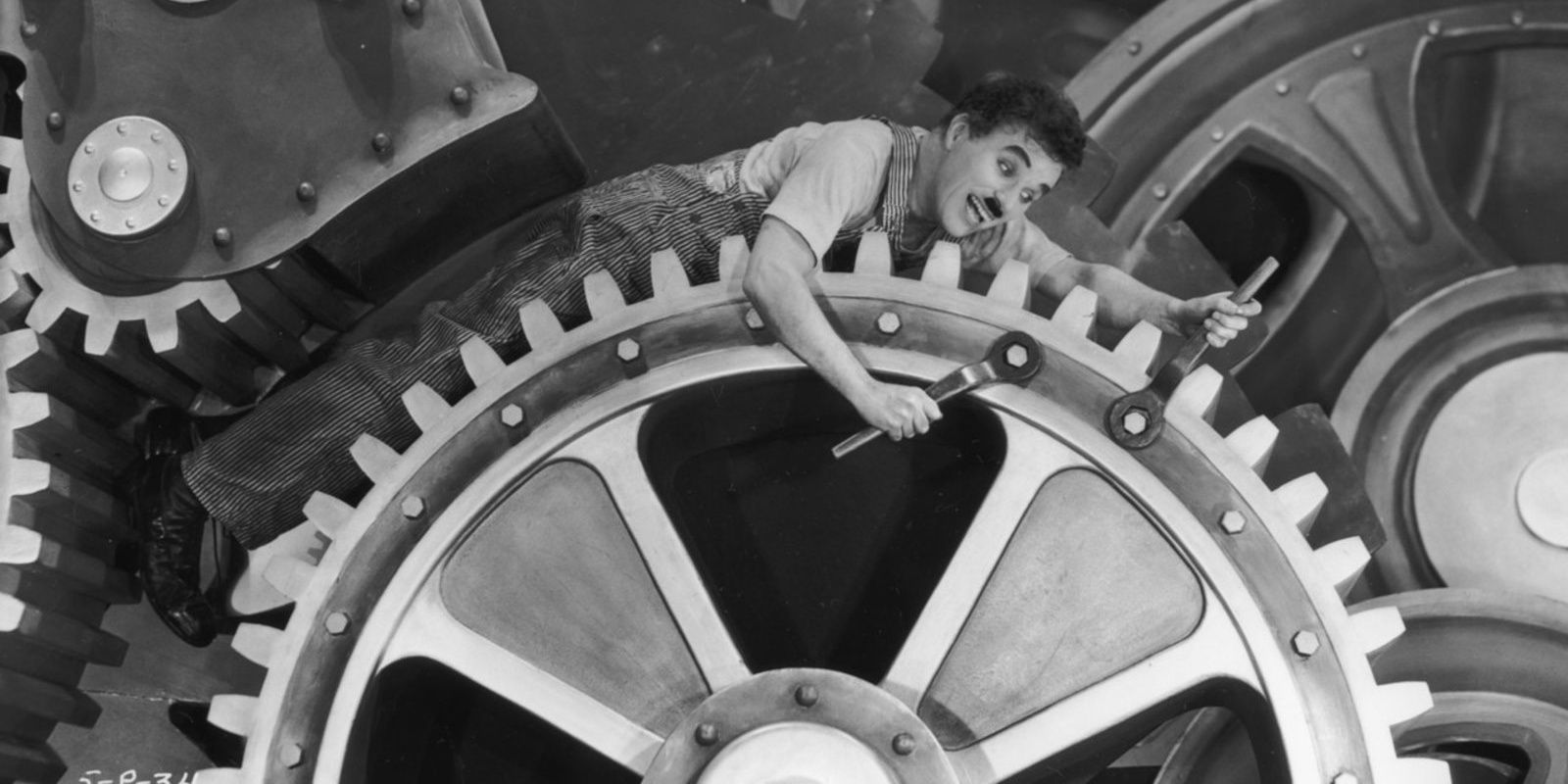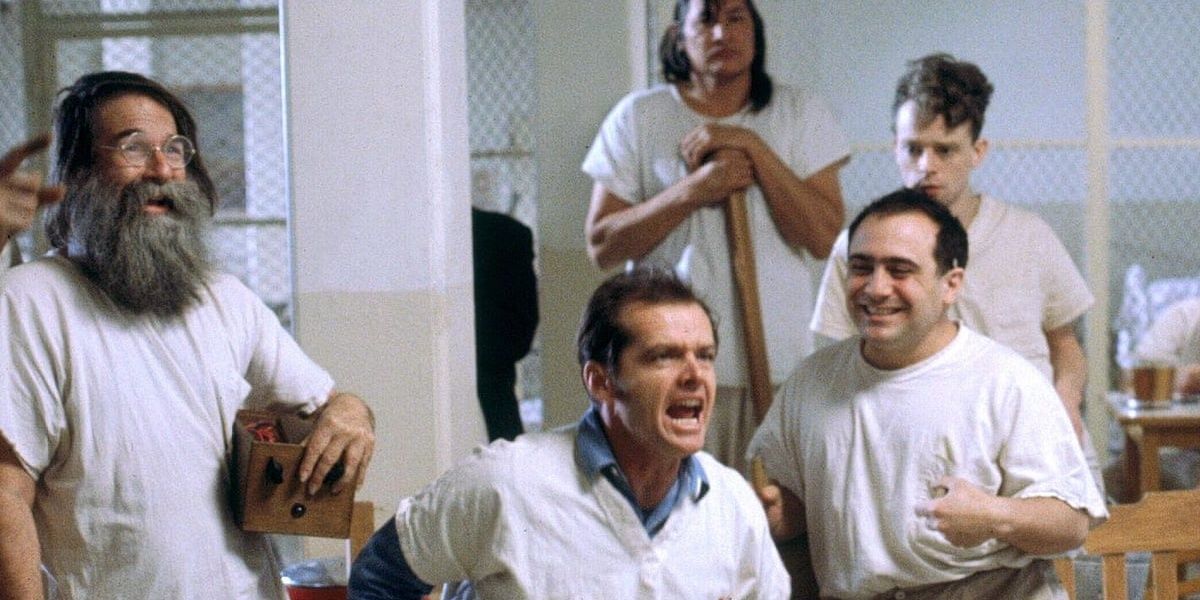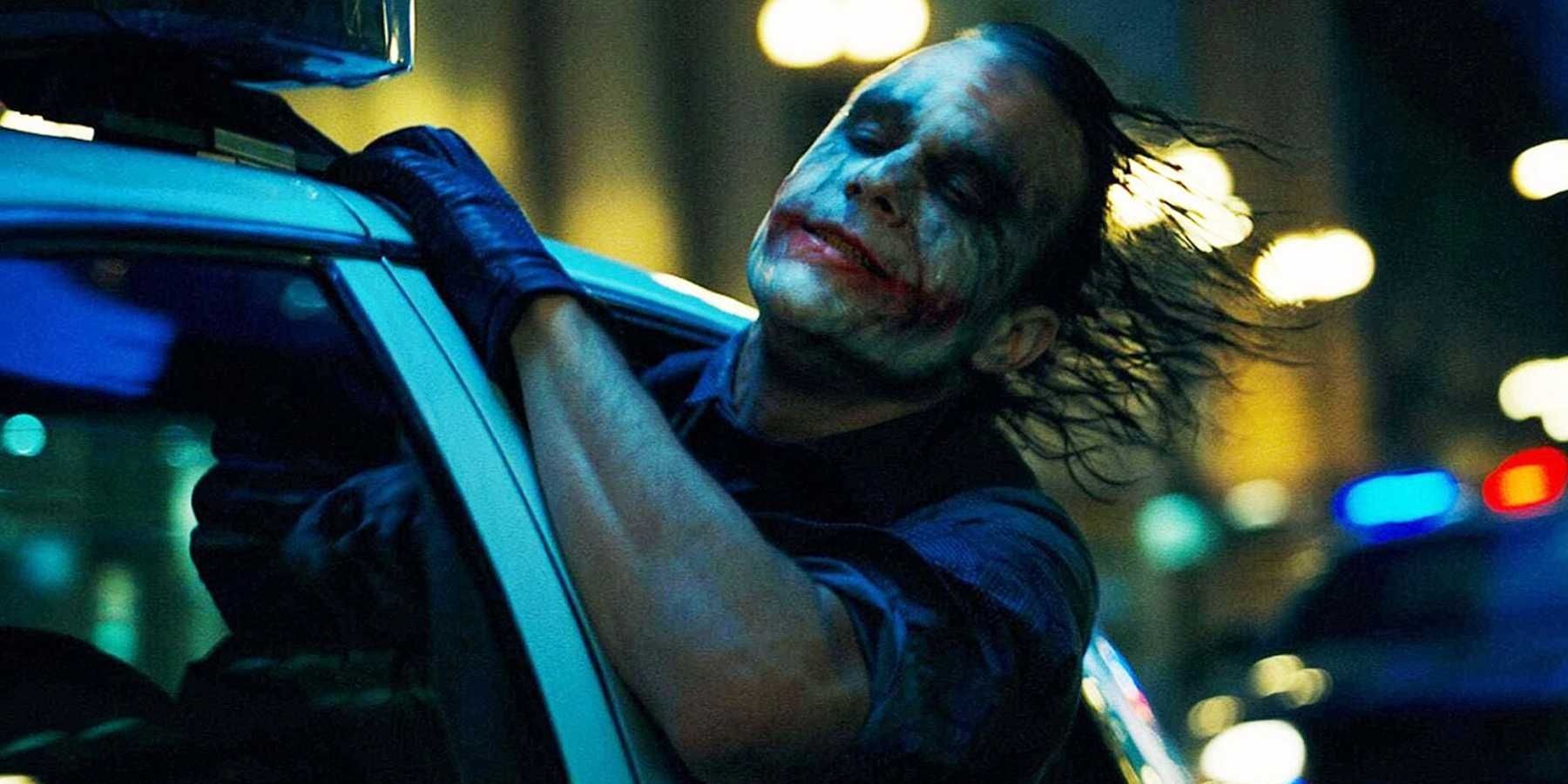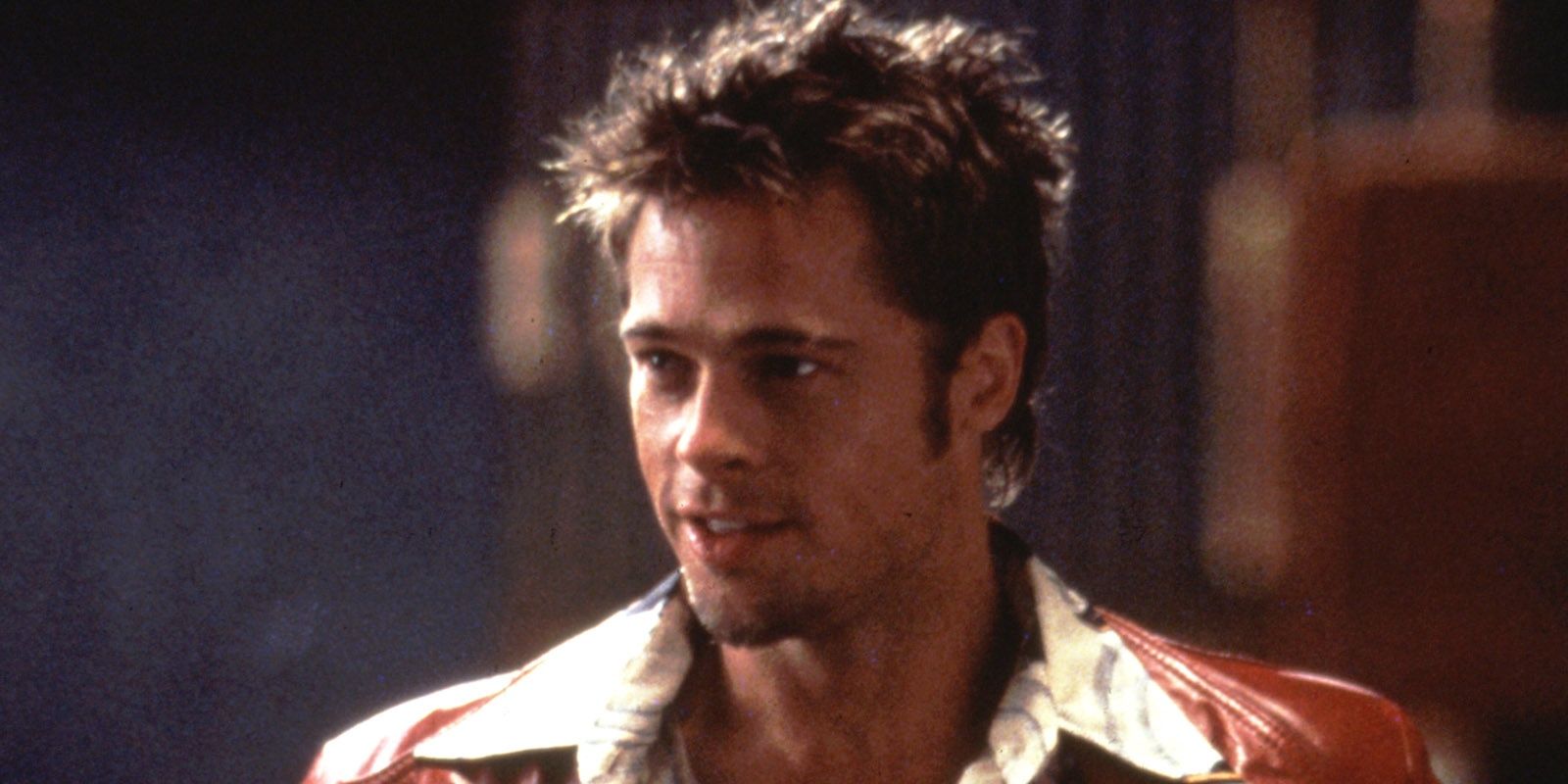While Joker (directed by Todd Phillips and starring Joaquin Phoenix) is definitely its own film, even someone who isn't incredibly familiar with older, classic cinema will immediately notice that it has a bit of an older feel, even though it came out in 2019. This is on purpose, as Phillips has mentioned in multiple interviews.
Phillips wears his inspirations on his sleeves, as seen in the style of the cinematography to the fact that Joker uses title cards and a large "The End" right before the screen fades to black. But what specific movies was Phillips drawing from? Here's a look at some movies that had a hand in making Joker what it is (hint, there's a lot of Scorcese).
The King Of Comedy (1982)
The King Of Comedy is perhaps the biggest influence on Joker, and Phillips can be quoted as saying so. Directed by Martin Scorcese and starring Robert DeNiro as Rupert Pupkin, their fifth collaboration is a dark comedy just like Joker (in some ways), but the real similarities come with the plot.
Both films are about wannabe comedians who will do anything to get what they see as their 15 minutes of fame. In The King Of Comedy, this works out pretty well... but only after Rupert kidnaps the host of his favorite talk show. Rupert even has delusions about the celebrity, imagining him to be a good friend of his. DeNiro actually revisited this movie in an ironic reversal for Joker, where he now plays the celebrity host who finds himself on the receiving end of a madman's anger.
Taxi Driver (1976)
Taxi Driver is yet another Scorcese film, starring Robert DeNiro. It follows a man named Travis Bickle, who drives a taxi, going about his days one after the other, until he begins to become obsessed with a girl he sees while driving, more so telling her they're going on a date than asking her. He decides he's going to assassinate the presidential candidate she works for, and also kill the pimp of a young girl that he meets.
Travis sees the world in what he'd describe as a state of moral decay and views himself as doing something good, even though he becomes violent and meddles in matters he shouldn't, only to be held up as a hero by society in the end. Sound familiar?
Batman: The Dark Knight Returns Parts 1 & 2 (2012 & 2013)
Batman: The Dark Knight Returns is a film adaptation of Frank Miller's The Dark Knight Returns, a dark and gritty run on Batman that came out in 1986. This landmark graphic novel was one of the first times we saw a stripped-down and aging Batman, but what's more important here is the characterization of the Joker.
This was an influence on Joker, but it's more obvious than just the director mentioning the comic by name. Notably, The Dark Knight Returns, marks another time we've seen Joker kill a television night show host. He manages to convince his orderlies to let him out of Arkham and appear on the show, only to kill everyone on the set with gas and escape.
Serpico (1973)
This one makes sense mostly when you consider it in a stylistic light since the plots aren't immediately as similar as one might assume they should be. Serpico is a deep character study about a specific part of its subject's life, Frank Serpico. Frank is based on a real person, and as such, the story can be much more grounded than something pulled out of thin air.
Phillips stated that when he went to go pitch Joker, he told the execs that he'd be doing a '70s character study like Serpico. Basically, Phillips promised to deliver a Serpico dressed up in comic book clothes, and that's pretty much what we ended up getting.
The Man Who Laughs (1928)
The Man Who Laughs isn't just the inspiration for Joaquin Phoenix's Joker, but actually for the Joker as a character in general. This movie was the inspiration for both the design and his personality, although there were other things tossed in the blender to get the character we have now.
It's a beautiful film, taking a decidedly Expressionist visual style so much so that some have even classified it as horror, although it's usually billed as a romantic drama (yes, really). Conrad Veidt portrays Gwynplaine, who could easily be mistaken for a rather ghoulish live-action version of the DC Comics supervillain and not someone who actually predates him.
Dog Day Afternoon (1975)
Some would argue that Phillips simply went for the comic book character so that he could have more resources to make his own '70s-styled character study he longed for. Even if that's true, that means we've gotten one of the best live-action depictions of the Joker as a result.
Dog Day Afternoon is yet another one of those character-driven crime movies from the '70s, but this one contains a healthy dose of social commentary as well. This Al Pacino film provides a good template for the economic issues facing tons of people around the world both then and now, in addition to a mental health crisis and the government's apathy towards it being linked to violence in the United States.
Modern Times (1936)
Modern Times might not seem like an obvious influence, but it most definitely is. Phillips made sure to mention this Charlie Chaplin classic in a lot of interviews regarding Joker because he felt like there was a healthy dose of Chaplin in his version of the character. Those familiar with both characters will get that when comparing the two.
Modern Times makes sense as an inspiration since it explores themes like economic inequality and financial hardship, starring Chaplin's Little Tramp character, doing his best to survive the Great Depression of the '30s. Economic equality is also a driving force in Joker's Gotham City, where Arthur's trauma inadvertently leads to a violent class uprising.
One Flew Over The Cuckoo's Nest (1975)
Arthur Fleck is pretty much what you get if Randle McMurphy from One Flew Over The Cuckoo's Nest was allowed to roam the streets rather than just being locked up in an asylum for most of his adult life.
Arthur isn't even actually trying to create all of the political chaos around him; he's just drifting through life in his own little world, a world that would be much better for him and people like him if mental health services were destigmatized and received adequate funding. This is another film that Phillips used while he was pitching his film to Warner Brothers.
The Dark Knight (2008)
This list wouldn't be complete without Christopher Nolan's The Dark Knight, where Heath Ledger pretty much set the gold standard for anyone who would dare attempt following up his performance of The Joker. There's been a lot of talk about how Joaquin might have done it better than Heath, but you really can't compare the approaches since they're so entirely different.
That being said, one could imagine a Batman universe where Joker is a prequel to the portrayal of the character in The Dark Knight, given the nihilistic view of society that both psychotic clowns share.
Fight Club (1999)
Fight Club -- based on the book by Chuck Palahniuk, directed by David Fincher, and starring Brad Pitt and Edward Norton -- is every tough guy's favorite movie, despite it condemning the very toxic masculinity it puts in the spotlight.
It tells the story of a man with a mental disorder (specifically Disassociative Identity Disorder) and Tyler Durden, his literal male power fantasy. He's eventually driven by Tyler to take control of his own life and actually do something instead of putting up with everything. Of course, this means blowing up credit card companies' offices. He ends up starting an anti-corporate anarchist movement without even knowing it, just like Arthur Fleck does.

